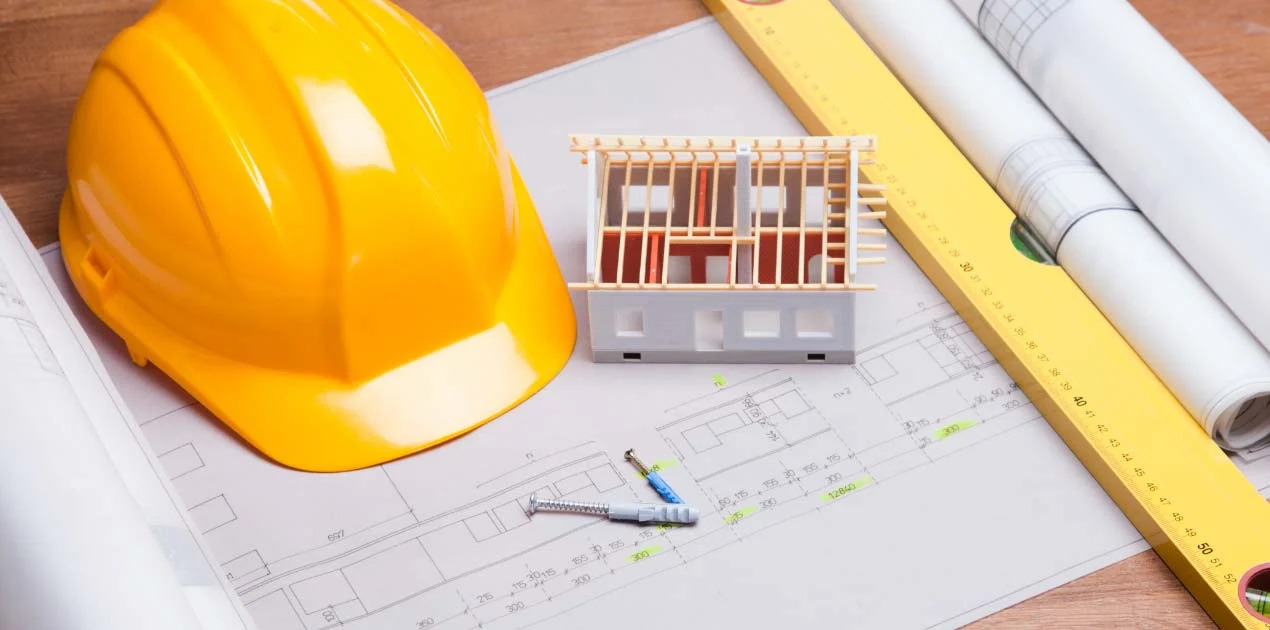Australia’s housing supply has plunged to its lowest level in decades, according to the latest Property Pulse report from Cotality. The data reveals a stark imbalance between population growth and dwelling approvals, raising urgent questions about affordability.
The report highlights a dramatic decline in new housing approvals, with current figures falling well below the long-term average.

While Australia’s population has surged – particularly in urban centres – construction activity has failed to keep pace. This mismatch is most pronounced in key markets like Sydney, Melbourne, and Brisbane, where demand continues to outstrip supply.
The historical trend line shows that while approvals peaked in the mid-2010s, they’ve since tapered off sharply.
As of 2025, the national housing pipeline is at its weakest point since the mid-1990s, despite a population increase of more than 10 million over the same period, according to the research.
Cotality’s analysis points to systemic planning delays, zoning restrictions, and infrastructure bottlenecks as major contributors to the slowdown.
The report calls for a coordinated national response, urging governments to streamline approval processes and incentivize medium-density developments in well-connected suburbs.

The data also suggests that current policy settings are not adequately addressing the needs of first home buyers or renters, who are disproportionately affected by the supply squeeze.
Without intervention, affordability will continue to deteriorate, pushing more Australians into housing stress.
While the short-term outlook remains challenging, Cotality notes that targeted reforms – such as unlocking underutilised land and fast-tracking shovel-ready projects – could help rebalance the market.
The report encourages industry stakeholders to collaborate on innovative housing models, including build-to-rent and co-living solutions, to meet evolving demographic needs.














